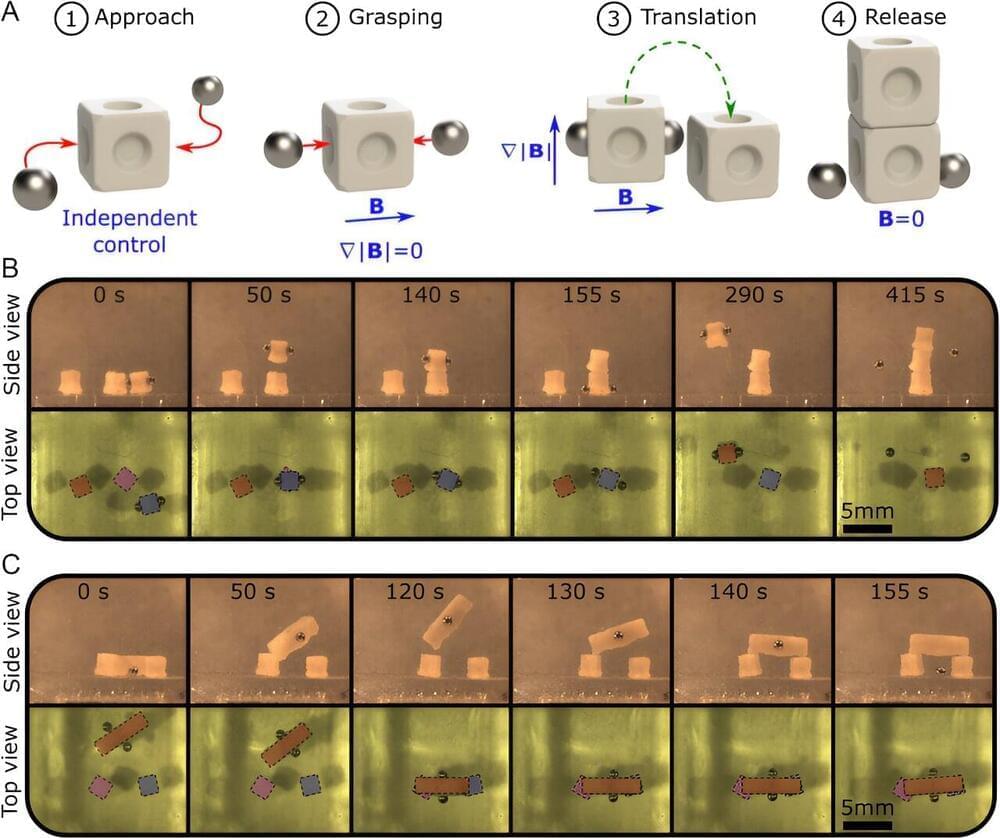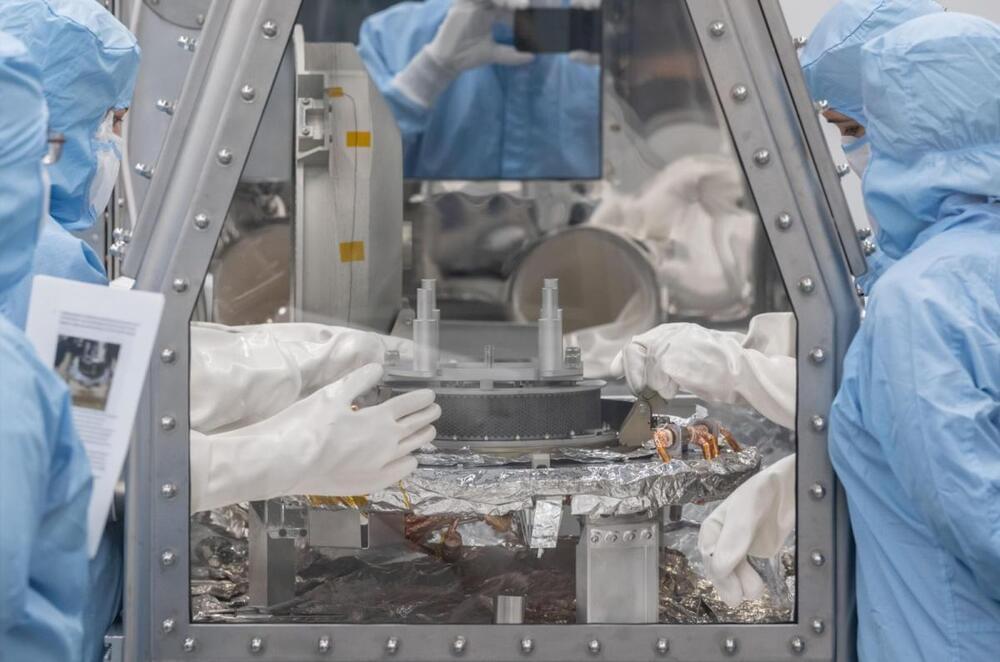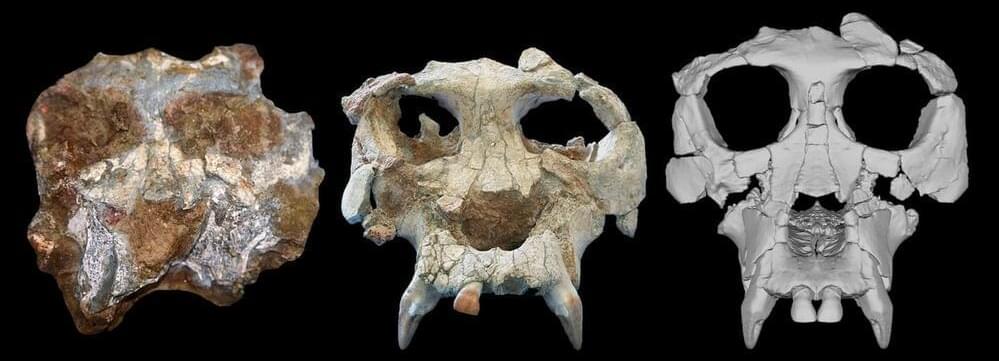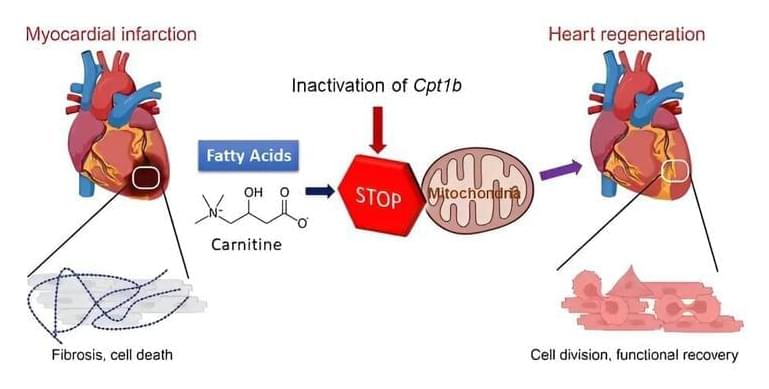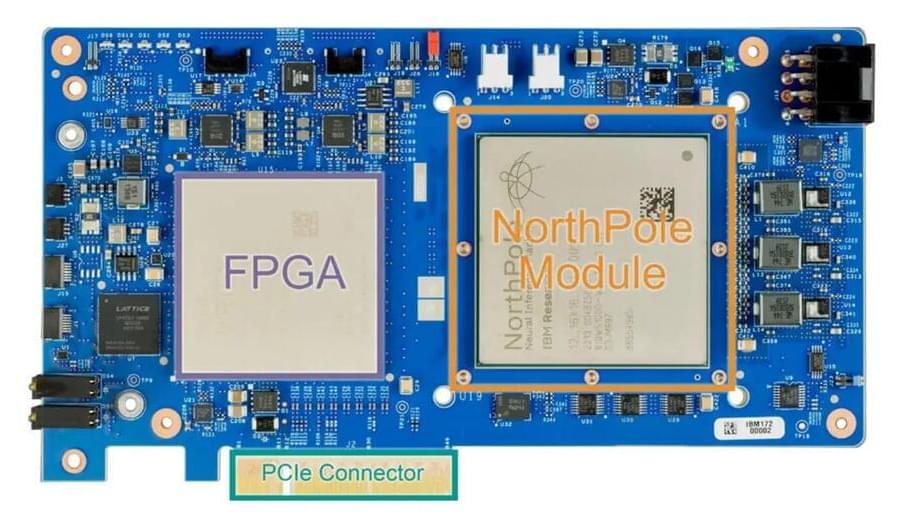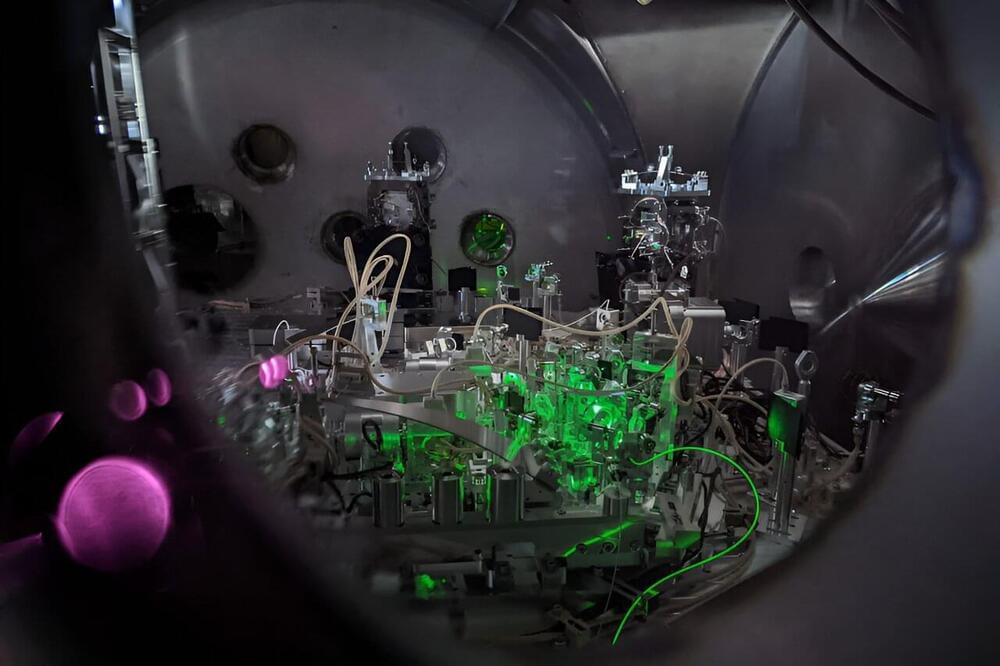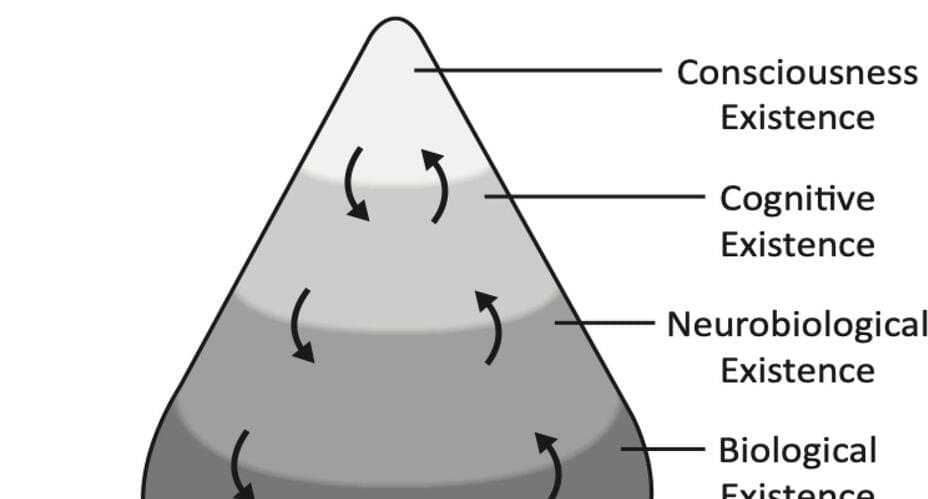The company which describes itself as the data infrastructure company for AI, bagged a $249 million contract in 2022 to provide a range of AI tech to the US Department of Defence.
Traditionally, the United States has been viewed as the top dog in global military applications, but over the last three decades, it’s been facing competition from a strong opponent in the Indo-Pacific area. China has been bullishly making its space by modernizing its weapons and forces and denting the US’ dominance in developing advanced technologies.
Nastco/iStock.
Can the US come out on top in the AI arms race?

